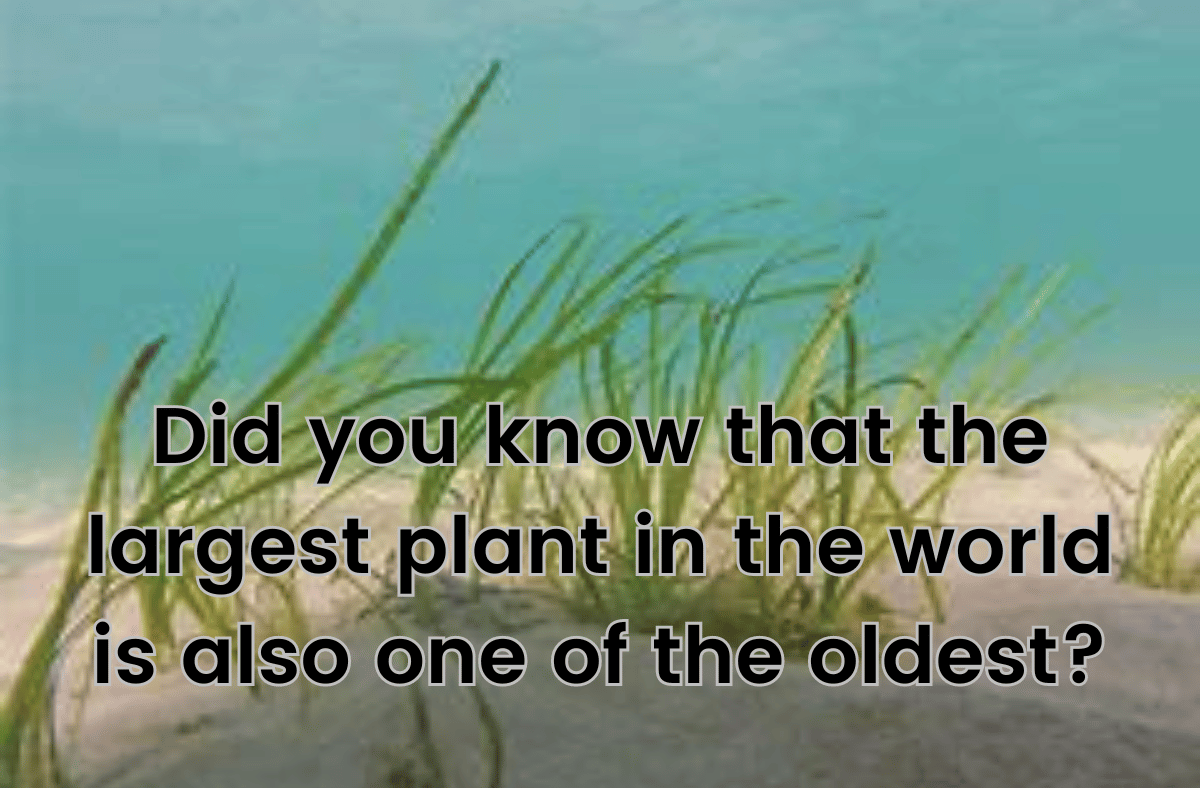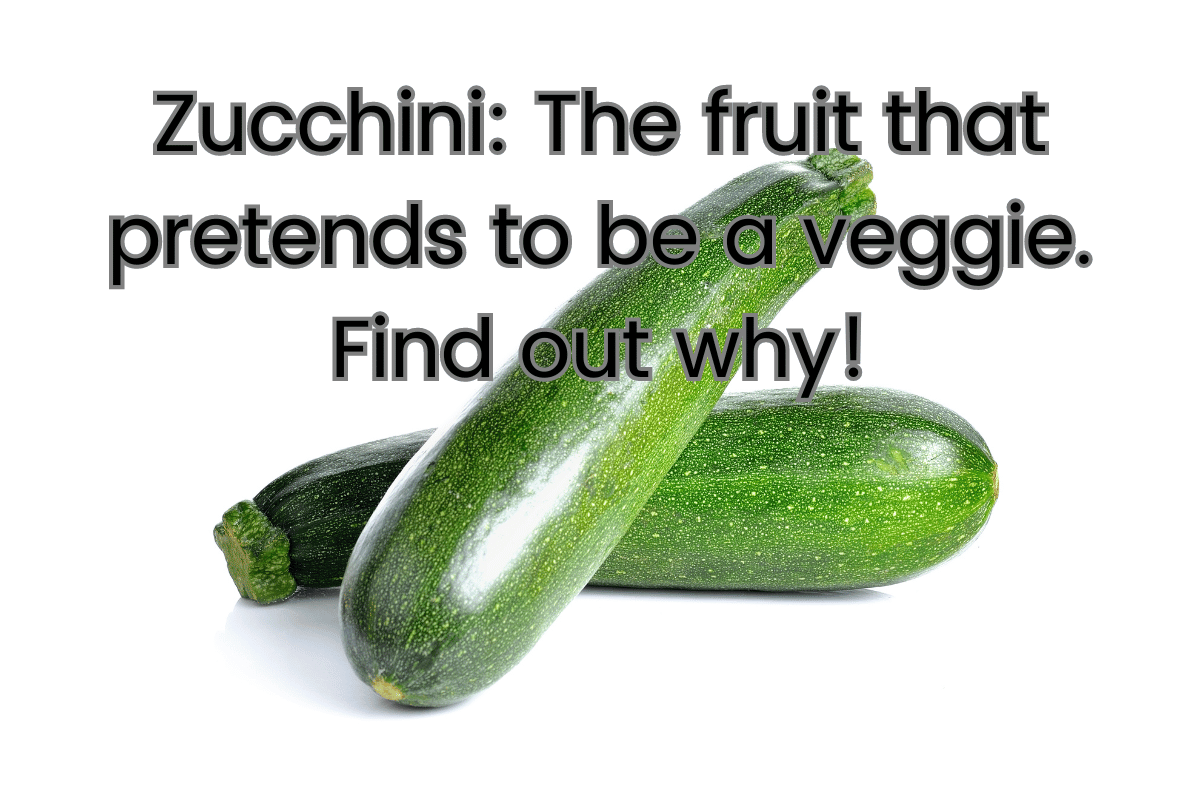For those in a hurry:
- Amorphophallus titanum is a rare plant that produces the largest and smelliest flower in the world.
- The flower smells like rotting flesh to attract flies and beetles as pollinators.
- The flower only blooms for a few days every few years and can reach up to 3 meters in height.
- The plant is native to Sumatra, Indonesia, but can be found in some botanical gardens around the world.
A. titanum Smells Like Rotting Flesh: The Reason
Why does A. titanum Smells Like Rotting Flesh? The smell attracts scavengers. These scavengers are insects looking for decaying matter. They find the flower, thinking it’s their food. They pollinate it in the process.
The Science Behind the Stench
The odor of A. titanum is complex. Specific chemicals cause it. These chemicals are also found in rotting meat. When the flower blooms, it releases the smell. Observing this phenomenon is a rare and intriguing experience.
How A. titanum’s Smell Aids Pollination
A. titanum’s smell serves a vital function. It ensures pollination. Scavenging insects are drawn to it. They land on the flower, thinking it’s food. They pick up pollen and carry it to other flowers.
Growing and Viewing A. titanum
Growing A. titanum requires special care. Botanical gardens are often the best place to see it. People come to witness its rare blooming. The smell of rotting flesh fills the air, but it’s a spectacle to behold.
Conclusion: A. titanum’s Unique Place in Nature
A. titanum’s smell is not a flaw. It’s a marvel of nature. By smelling like rotting flesh, it ensures its survival. It attracts the perfect pollinators. This strategy might seem strange to us, but it’s perfectly effective in nature.
The story of A. titanum teaches us to look beyond appearances. What seems unpleasant might be essential. It might even be beautiful in its way. In the world of A. titanum, beauty is indeed in the nose of the beholder.






















